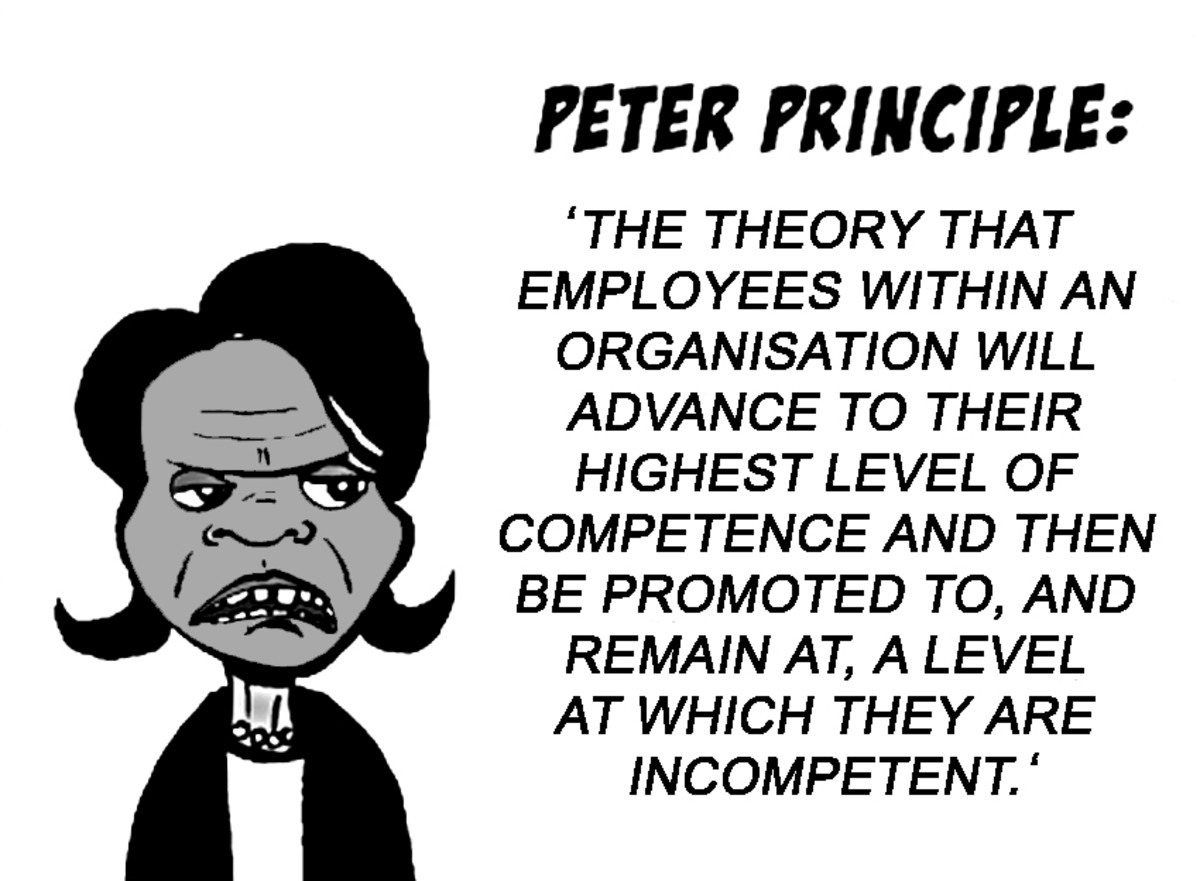Employee involvement in achieving success in small businesses

The Small Business Authority considers any company that grosses ten million dollars or less a small business. This may be overwhelming to those mom-and-pop-shop owners, but bear in mind that this is gross income, not net. When overhead, cost of sales, corporate taxes and salaries are deducted, the term “small” seems more reasonable.
Small businesses maintain a more horizontal organization – fewer chiefs and more Indians. Thus the management is more accessible and visible. This works in reverse as well; management can recognize employees much quicker.
While some might think this a disadvantage, it has many advantages. Poor employees are quickly identified and more easily removed. And excellent employees are equally recognizable for promotion.
Above all, a small business can greatly benefit from employee involvement. With the ability to easily communicate, the general manager can present the company mission to the employees and invite suggestions as to how the company as a unit can achieve these goals. This immediately develops a team atmosphere as the manager answers questions and listens to employees of every echelon.
If employees realize that their suggestions are recognized, and see the implementation of their suggestions, even without any substantial reward they become confident of their abilities and feel appreciated.
Involvement does not mean that management and employees become one big happy family. Even Scrooge’s mentor (A Christmas Carol by Charles Dickens) failed with that approach. But employees are very often in a good position to see where things are weak. For instance, in a sportswear store, the sales personnel would notice a drop in inquiries for cargo pants, and notice that people are interested in purchasing sweaters earlier in the season than expected. If the employers have an open door, this information would certainly guide the owner as to what to display and market and when.
In a production environment, employees very often see where different processes can be improved. This might mean that a new dictum for paperwork is slowing things down, or two processes can be merged to make things happen faster. If the employee knows that his observation will be taken as a beneficial suggestion by his supervisor; and if that supervisor passes it up the line with the employee’s name attached; and if upper management acknowledges the employee with respect; then the employee feels like he is part of a team, rather than a complainer. Even if the suggestion is not followed, as long as the upper management explains its reasoning to the employee, the effect is one of being “let in” on the company policies.
Now that the employees are happy and the company has a good team spirit, how is this supposed to improve business? Many ways. Disgruntled employees can sabotage a company by withdrawing their contributions, throwing wrenches into the works, whistle blowing, or simply spreading bad word when they leave. So a good atmosphere will avoid some serious problems. Pleased employees spread the word that the company is a good place to work. Even if this or that benefit is lacking, if the overall conditions are good, the word will be spread. These will be loyal employees, since they feel that the company cares about their well-being.
Employee suggestions can increase the efficiency of a company. This in turn raises the profit margin. There is the old adage “A happy employee is a productive employee,” often ascribed to Bill Swanson. There is a lot of truth in that saying. Happy employees have fewer sick days, and will even work overtime for free, if it furthers the needs of the company – and if they know their efforts will be noticed. Employees can often offer a “fresh eye” when looking at company problems, which can resolve a seemingly unresolvable situation.
Employees, as “the man on the street,” can even recommend different directions for a company to move. They can see that among their peers there are trends that management may not have noticed.
Sometimes it’s something out of left field. Mrs. M goes to the dentist and complains about the painful bitewing X-rays. The hygienist mentions that they get them from a film company nearby. Mrs. M’s son happens to work at that film company and she mentions this situation to the son. The son mentions it to his supervisor, who makes a couple of phone calls to dentist offices they have as clients, and the supervisor discovers that they all cope with complaining or reticent patients over this issue. The supervisor goes to the production department with the problem, and they figure out a softer film casing for bitewing x-rays. Mrs. M’s next checkup is much more comfortable.
If everyone in a company works together toward the goal of business success, it will move on smoothly and rapidly. The more horses pulling a wagon the faster and smoother it will ride, with less strain on any one horse.
© 2015 Bonnie-Jean Rohner








